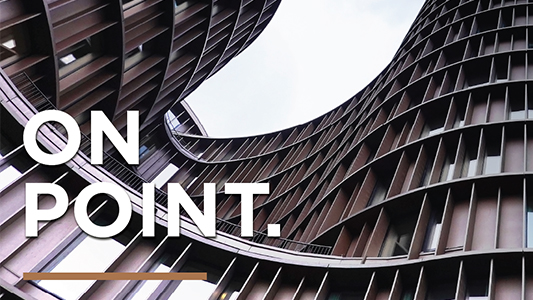INSIGHTS
HOW MIGHT YOU END UP IN NEGATIVE EQUITY?
Mark Lister, 11 November 2022
The Reserve Bank released its six-monthly Financial Stability Report earlier this month.
These are always bit downbeat as they tend to focus on the risks we’re facing. In addition to a plethora of international challenges, falling house prices and rising interest rates got a lot of attention this time.
According to the Real Estate Institute's house price index (HPI), New Zealand house prices have fallen 12.7 per cent since peaking in November last year.
As a result, those who bought in late 2021 or early this year will have seen the value of their homes decline.
Some who purchased very close to the November 2021 peak, especially if they had a smaller deposit, might've even found themselves in "negative equity".
This means your mortgage is larger than the value of your house, and that your equity has been wiped out.
Let’s say you bought in November 2021 when the national median house price was $925,000, and you had a ten per cent deposit of $92,500.
Your mortgage would’ve been $832,500 at the time, and it would still be quite close to that level today, as the bulk of your payments since then would’ve attacked the interest, rather than the principal.
Based on the 12.7 per cent decline we’ve seen since then, your house would today be worth just under $808,000, slightly less than you owe the bank.
That puts you in negative equity.
There will obviously be exceptions to this. Some people might’ve bought near the peak but snared a bargain, while some regions have held up better than others.
Wellington and Auckland have seen 20 per cent plus declines, while Southland, Nelson, and Taranaki have only experienced falls of 3-4 per cent.
The Reserve Bank estimates about two per cent of current mortgage lending represents people in negative equity, but it expects this to rise if house prices keep slipping.
A further ten per cent fall from here would see the proportion of mortgages in negative equity rise to 7.3 per cent, while it would jump to 18.3 per cent if they fell another 20 per cent.
That might sound outlandish, but remember national house prices rose a staggering 46.9 per cent between December 2019 and November 2021.
Much of that was due to interest rates collapsing to levels we’ve never seen in our history, a trend which is now reversing at pace.
A ten per cent fall from here would simply put prices back at November 2020 levels, down 21.4 per cent from the November 2021 peak, but still 15.4 per cent above December 2019.
That sort of decline, or something larger, is far from impossible.
Finding yourself in, or close to, negative equity isn’t the end of the world. The “losses” are only on paper and most of us buy homes to live in, rather than as a money-making scheme.
The housing market will recover over time, so if homeowners can hunker down and keep making mortgage payments their equity will be rebuilt, sooner or later.
However, this all becomes a much bigger problem if the economy deteriorates, unemployment rises too much, and more households find themselves in financial difficulty.
Mortgage rates for terms between one and three years are currently about six per cent, while the average rate people are paying is a much lower 3.8 per cent.
There are many households out there yet to re-fix mortgages at current rates and when they do, they could face sharply higher borrowing costs.
Combined with dented confidence on the back of declining housing wealth, this is a recipe for reduced activity and lower spending.




